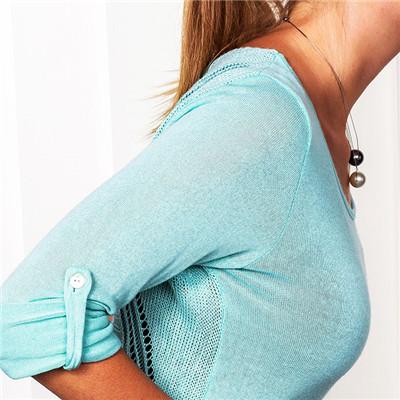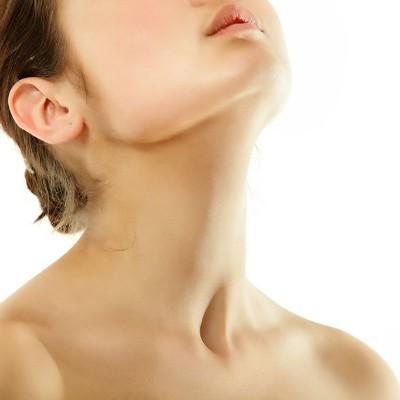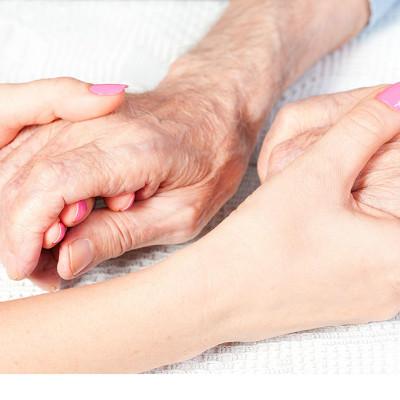Gallstone symptoms?
summary
Cholelithiasis, also known as cholelithiasis, refers to the biliary system, including gallbladder or bile duct stones; Biliary tract infection is a common disease. They were divided into cholecystitis and cholangitis. After the formation of stones in the gallbladder, it can stimulate the gallbladder mucosa, which can not only cause chronic inflammation of the gallbladder, but also cause secondary infection and acute inflammation of the gallbladder when the stones are embedded in the neck of the gallbladder or cystic duct. Due to the chronic irritation of gallstone to gallbladder mucosa, it may also lead to the occurrence of gallbladder cancer. It has been reported that the incidence of this kind of gallbladder cancer can reach 1% - 2%. Gallstone symptoms? Let's talk about it
Gallstone symptoms?
Its symptoms depend on the size and location of the stone, as well as whether there is obstruction and inflammation. Some patients with cholecystolithiasis have no symptoms for life, that is, the so-called hidden stones. Large gallstones can cause dyspepsia such as bloating, belching and anorexia of greasy food. Small stones often cause gallstone colic and acute cholecystitis after full meal, eating greasy food, or lying flat at night. Due to the contraction of the gallbladder, the smaller stones may enter the common bile duct through the cystic duct and cause obstructive jaundice. Then some stones can be discharged into the duodenum from the bile duct, and some stones stay in the bile duct and become secondary bile duct stones. Stones can also obstruct the cystic duct for a long time without infection, only forming hydrops in the gallbladder. At this time, the enlarged gallbladder without obvious tenderness can be touched. Cholecystolithiasis in the absence of infection, generally no special signs or only mild tenderness in the right upper abdomen. But when there is acute infection, there may be tenderness and muscle tension in the middle and upper abdomen and right upper abdomen, and sometimes the gallbladder with obvious swelling and tenderness can be palpated.
Hepatolithiasis refers to the intrahepatic bile duct system stones, therefore, also known as intrahepatic bile duct stones. It is often associated with extrahepatic bile duct stones, but also with simple intrahepatic bile duct stones, also known as true intrahepatic lithiasis. In recent years, there are more and more cases of intrahepatic bile duct stones. Most hepatolithiasis is composed of yellow green massive or "silt like" stones, mostly calcium bilirubin. Ascaris eggs are often found in the stone center, so some people think that hepatolithiasis is caused by biliary obstruction caused by Ascaris and bacterial infection.
Most of the hepatolithiasis was found in the left hepatic duct. The bile duct at the confluence of the upper and lower segments of the left lateral lobe of the liver was slightly enlarged, and most of the stones remained there. The right hepatolithiasis was mainly found in the right posterior lobe of the liver.
matters needing attention
For some of the larger stones, the drug does not work, the gallbladder can be directly removed by surgery, which can quickly eradicate the lesion, is the best way at present. But the operation has certain indications.












